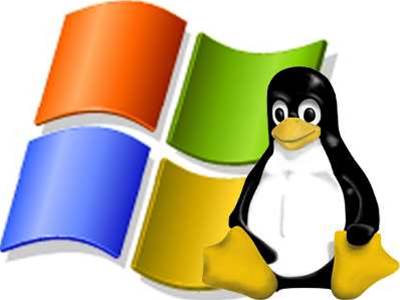
With an aim to track open source usage in the global enterprise, the Open Source Census allows companies and individuals to submit anonymous data about their use of Open Source software on their servers and desktops.
For Microsoft, sponsoring the Open Source Census is the latest development in an open source strategy that aims to support customers and partners in heterogeneous environments.
According to Lawrence Crumpton, who is the Platform Strategy Manager at Microsoft Australia, the strategy builds on technical collaborations with the open source industry since September 2005, including projects with JBoss, SugarCRM, XenSource, Zen Technologies and SpikeSource.
Currently, Microsoft has links to Open Source communities including Apache, Firefox, and Eclipse, commercial Open Source vendors, as well as community development projects on Sourceforge and Codeplex.
“Our customers, partners and developers are working in increasingly heterogeneous environments, and our participation in industry projects like the Open Source Census are relevant for the ecosystem in which we participate,” Crumpton told iTnews.
“Microsoft is a platform company committed to ... increasing opportunities for business partners regardless of the underlying development model,” he said.
“With the growth of open source development running on Windows, the business opportunities and the choices available to partners and customers on the Windows platform have never been greater.”
But there are those who suspect that Microsoft’s open source strategy may not be an effort at systems interoperability as much as it is a bid to protect its lion’s share of the software and operating systems market.
According to Max McLaren, General Manager of Red Hat Australia, Linux now is used by an estimated 20 percent of the enterprise market in Australia and around the world.
McLaren’s optimistic predictions for the Open Source industry resound with findings of the Australian Open Source Industry and Community Report, which were released by Open Source consultancy Waugh Partners earlier this year and boast a “very strong”, “rapidly growing” local market for Open Source in both private and public sectors.
“The growth of Linux is much faster than Apple, Microsoft and Unix,” McLaren told iTnews. “I hardly think they [Microsoft] are supporting open source – they’re competing with Open Source.”
“They are trying very hard to protect their share of the market,” he said.
Discussing an increase in open source marketing campaigns from proprietary vendors in recent months, McLaren explained that a blurring of lines between proprietary and Open Source solutions could be due to traditionally conflicting demands for low-cost software and brand-name support.
Typically, Open Source software has offered cost advantages over proprietary options. But businesses have been slow to adopt Open Source due to concerns over software updates and support.
“While there are Open Source applications and environments, [proprietary solutions] are what corporate Australia and New Zealand prefers,” McLaren concluded.
“I suppose the blurring has been happening for a long time, and is still happening,” he said, “[but] Open Source is very simple. The definition of Open Source is that we provide the source code under the GPL license.”
Owing to the flexibility of intellectual property use under the GPL license, McLaren expects Open Source to greatly benefit innovation.
However, according to Microsoft’s Crumpton, the proprietary model of software development could benefit IT innovation also.
“Intellectual property serves a vital role in maintaining a healthy cycle of innovation in the IT industry,” he said.
“IP concepts -- including copyright, trademark, patent, or public domain -- are useful for developers to define terms of use that enable their project or business to thrive, regardless of what development model they choose,” he said.




.png&h=140&w=231&c=1&s=0)
_(20).jpg&h=140&w=231&c=1&s=0)



_(26).jpg&w=100&c=1&s=0)

 iTnews Executive Retreat - Security Leaders Edition
iTnews Executive Retreat - Security Leaders Edition












_(1).jpg&h=140&w=231&c=1&s=0)



